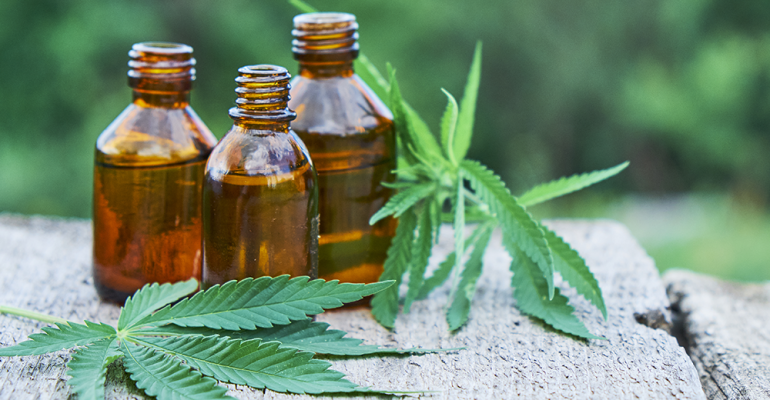Legalized marijuana is spreading across the U.S. with nearly half of the states allowing recreational use, and its non-psychoactive companion CBD has an even broader reach into the U.S. market.
A study released in 2022 from the National Survey on Drug Use and Health suggests that 16% of U.S. citizens over the age of 21 have used marijuana in the last month, a statistic that jumps to 26% for those between the ages of 26 and 34, a new report from data analytics firm Numerator notes.
The report “Budding Behaviors: Insights Into the Modern Cannabis Consumer” also notes that cannabis and CBD use have an impact on food and beverage consumption habits “making it an especially important topic for brands or retailers in the consumables space.”
“Businesses without direct ties to the consumables space can still capitalize on cannabis use by understanding the broader behaviors, interests, and hobbies of users,” the report noted.
It might not be long before grocery stores enter the market, and that trend could begin in Canada, where supermarket giant Loblaws has been pushing for years to get access to marijuana sales.
That effort by the Canadian grocery chain has been widely reported, but a recent story in Global News, a Canadian news organization, shows that Loblaws has been pushing to open up the market to grocers since recreational marijuana sales were legalized in 2019.
Loblaws first pushed for marijuana sales through a “store within a store” model, similar to the way liquor sales are handled at some locations, according to the Global News report. The grocery chain has opened two dispensaries under its C-Shop brand, one in Ebrun, Ontario, and the other in North Bay.
Those two locations fall short of Loblaws’ goal because the stores are merely located in the same building as the grocery stores, but existing laws require them to have separate entrances and covered windows, according to Global News.
While there’s no known effort by U.S. grocers to open dispensaries in their stores, they’re certainly looking closely at the roughly $40 billion market.
Numerator reports that 89% of existing users of THC, the psychoactive component found in cannabis, expect to increase (11%) or maintain (78%) their use of the substance in the coming year.
Similarly, 85% of CBD users say they’ll do the same, with 9% expecting to increase their use and 76% anticipating they will maintain their use.
Edible cannabis in the form of gummies, chocolate, and other products is the most popular form of THC consumption, with more than two-thirds of users calling it their preferred method, while just under half (48%) purchase flower (or bud) which is typically smoked.
In terms of cannabis users’ buying habits, sports and energy drinks are the biggest sellers. That’s followed by beer and frozen sandwiches, according to the Numerator report.
The use of cannabis also has ties to alcohol consumption, the report notes, showing that cannabis users are also more likely to buy alcohol (72.6%) than non-users (65.3%).
That spending is closely tied to the frequency of use, Numerator reports, noting that daily users of cannabis spend less (71%) than weekly (74%) or infrequent (73.1%) users. Those who have never tried cannabis are also less likely to purchase alcohol at 60.8%.





